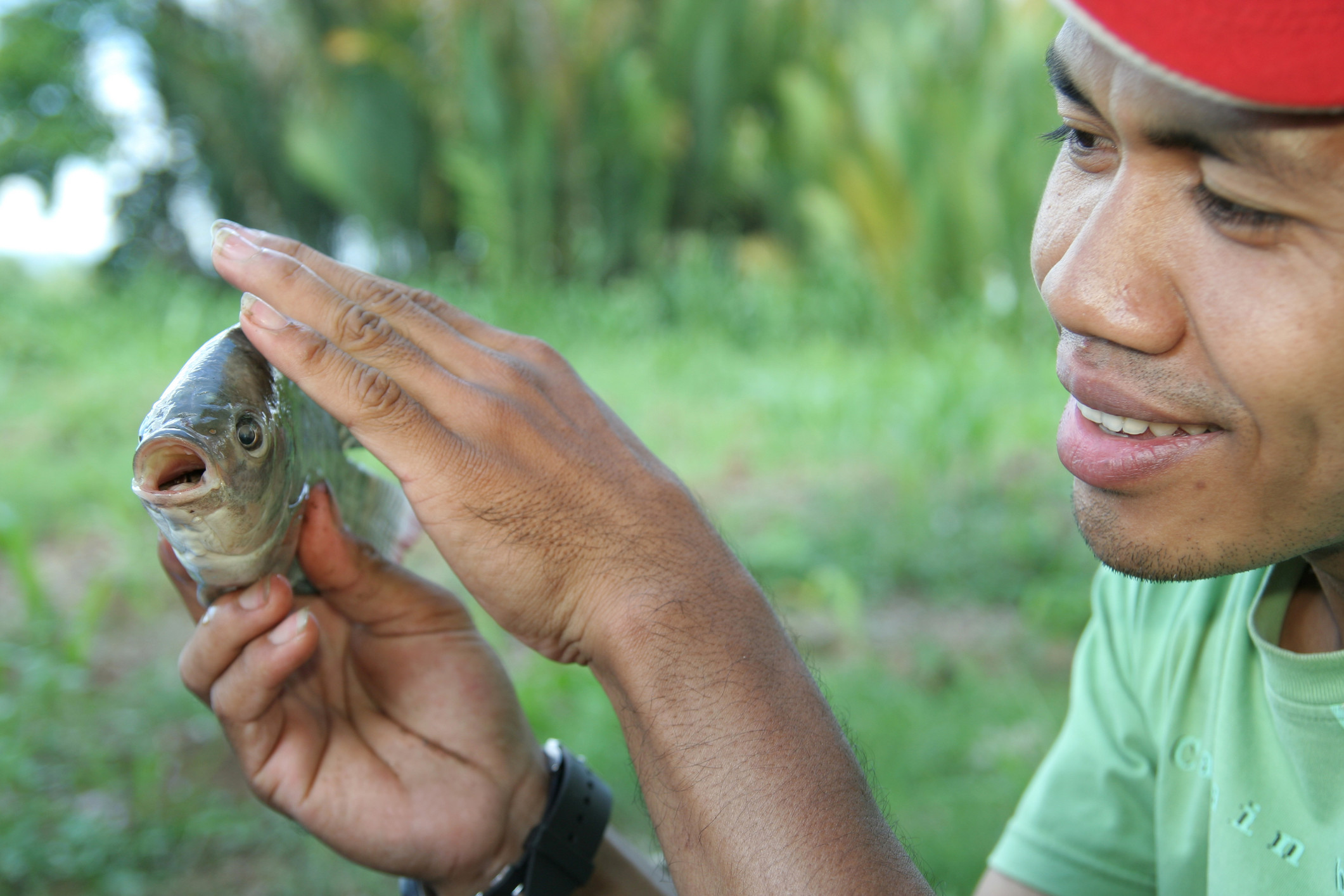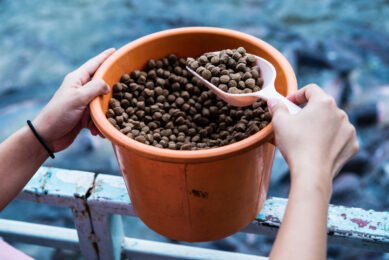FAO report: More fish from aquaculture

Global fish production peaked at about 171 million tonnes in 2016, with aquaculture representing 47% of the total and 53% if non-food uses (including reduction to fishmeal and fish oil) are excluded.
This is according to ‘The state of world fisheries and aquaculture’, a new publication by FAO. The report highlights the critical importance of fisheries and aquaculture for the food, nutrition and employment of millions of people, many of whom struggle to maintain reasonable livelihoods. The data presented are from 2016.
Small decrease in captured fish
Global total capture fisheries production, as derived from the FAO capture database, was 90.9 million tonnes in 2016, a small decrease in comparison to the two previous years. World total marine catch was 81.2 million tonnes in 2015 and 79.3 million tonnes in 2016. Catches of anchoveta (Engraulis ringens) by Peru and Chile, which are often substantial yet highly variable because of the influence of El Niño, accounted for 1.1 million tonnes of this decrease (Tables 2 and 3). Decreasing catches affected 64% of the 25 top producer countries, but only 37% of the remaining 170 countries.
Growth due to more fish farming
With capture fishery production relatively static since the late 1980s, aquaculture has been responsible for the continuing impressive growth in the supply of fish for human consumption. Global aquaculture production (including aquatic plants) in 2016 was 110.2 million tonnes, with the first-sale value estimated at USD 243.5 billion. The first-sale value, re-estimated with newly available information for some major producing countries, is considerably higher than previous estimates. The total production included 80.0 million tonnes of food fish (US$ 231.6 billion) and 30.1 million tonnes of aquatic plants (US$ 11.7 billion) as well as 37,900 tonnes of non-food products (US$ 214.6 million).
Less fast growth compared to 80s and 90s
The contribution of aquaculture to the global production of capture fisheries and aquaculture combined has risen continuously, reaching 46.8% in 2016, up from 25.7% in 2000. With 5.8% annual growth rate during the period 2001–2016, aquaculture continues to grow faster than other major food production sectors, but it no longer enjoys the high annual growth rates experienced in the 1980s and 1990s. Also, the disparity in the level of sectoral development and uneven production distribution remain great among the countries within the regions and across the world.
Increase in fish consumption
Since 1961, the average annual increase in global apparent food fish consumption (3.2%) has outpaced population growth (1.6%) and exceeded consumption of meat from all terrestrial animals, combined (2.8%) and individually (bovine, ovine, pig, other), except poultry (4.9%). In per capita terms, food fish consumption has grown from 9.0 kg in 1961 to 20.2 kg in 2015, at an average rate of about 1.5% per year. Preliminary estimates for 2016 and 2017 point to further growth to about 20.3 and 20.5 kg, respectively. The expansion in consumption has been driven not only by increased production, but also by a combination of many other factors, including reduced wastage, better utilisation, improved distribution channels and growing demand, linked with population growth, rising incomes and urbanisation.
Outlook for the future
Based on the assumption of higher demand and technological improvements, total world fish production (capture plus aquaculture, excluding aquatic plants) is expected to continue to expand over the course of the projection period to reach 201 million tonnes in 2030. This represents a growth of 18% over 2016, or 30 million tonnes at a lower annual growth rate (1.0%) than observed in the period 2003–2016 (2.3%). The major growth in production is expected to originate from aquaculture, which is projected to reach 109 million tonnes in 2030, with growth of 37% over 2016.











